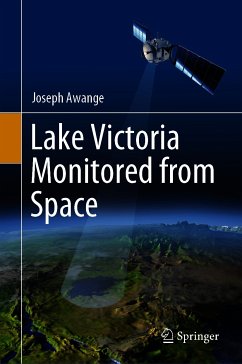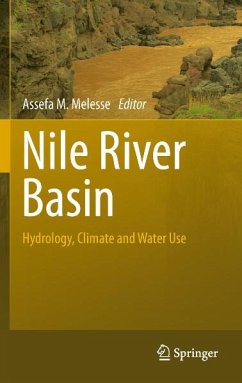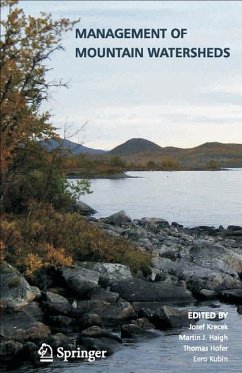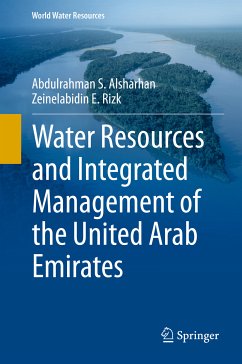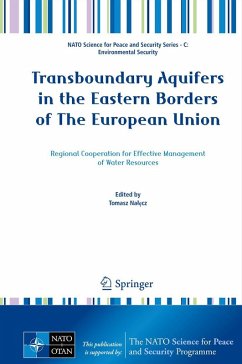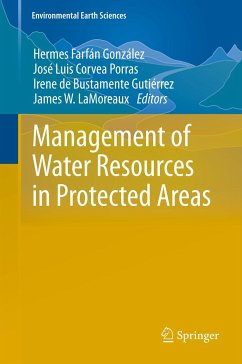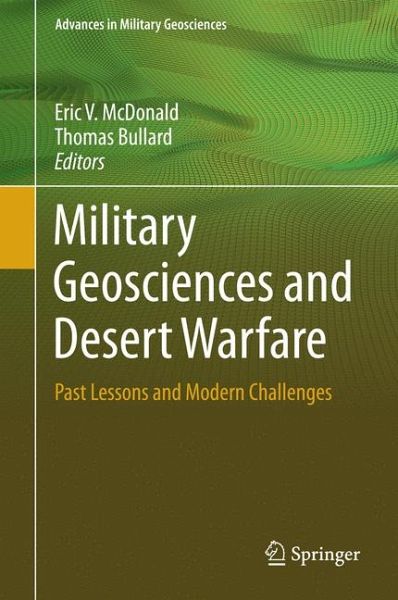
Military Geosciences and Desert Warfare (eBook, PDF)
Past Lessons and Modern Challenges
Redaktion: McDonald, Eric V.; Bullard, Thomas
Versandkostenfrei!
Sofort per Download lieferbar
160,95 €
inkl. MwSt.
Weitere Ausgaben:

PAYBACK Punkte
80 °P sammeln!
This book is a collection of papers presented at the 9th International Conference of Military Geoscience that was held in 2011. The conference included discussion on a diverse range of geosciences, including military history, military geology, teaching geology from a military prospective, geological influence on the battlefield, and environmental and cultural issues related to management of military lands. Geology and geography have played a significant role in military history, from providing the stone for primitive tools and weapons, to the utilization of terrain in offensive and defensive s...
This book is a collection of papers presented at the 9th International Conference of Military Geoscience that was held in 2011. The conference included discussion on a diverse range of geosciences, including military history, military geology, teaching geology from a military prospective, geological influence on the battlefield, and environmental and cultural issues related to management of military lands. Geology and geography have played a significant role in military history, from providing the stone for primitive tools and weapons, to the utilization of terrain in offensive and defensive strategies. Specific to this volume, deserts comprise nearly a third of the Earth's surface and have been the site of numerous battles where the dust, heat, and a lack of food and water have provided challenges to military leaders and warriors. This book examines the role of deserts in past and modern warfare, the problems and challenges in managing military lands in desert regions, and how desertenvironmental conditions can impact military equipment and personnel. This proceedings volume should be of interest to scholars, professionals, and those interested in military history, warfare, geology, geography, cultural resources, general science, and military operations.
Dieser Download kann aus rechtlichen Gründen nur mit Rechnungsadresse in A, B, BG, CY, CZ, D, DK, EW, E, FIN, F, GR, HR, H, IRL, I, LT, L, LR, M, NL, PL, P, R, S, SLO, SK ausgeliefert werden.



